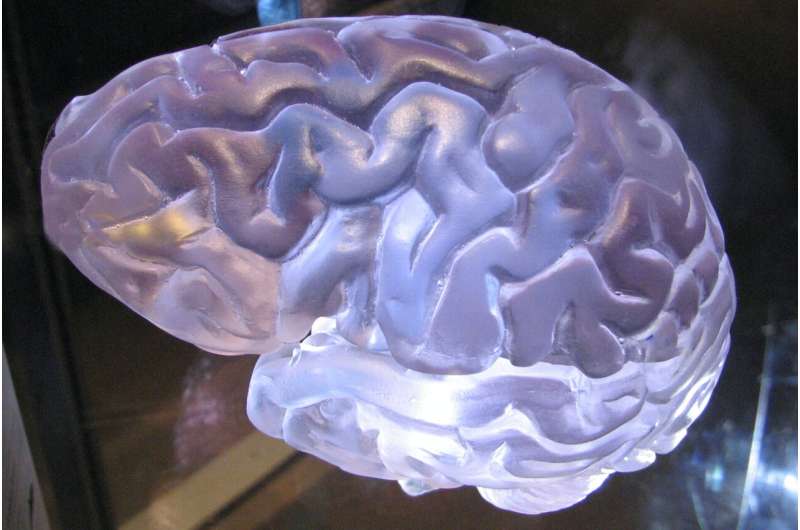Revolutionary Imaging Reveals How HIV-1 Viral Cores Enter the Nucleus

New cryo-electron microscopy research uncovers how HIV-1 viral cores adapt and pass through the nuclear pore, opening new avenues for antiviral development.
Scientists have achieved a groundbreaking milestone in understanding HIV-1 infection by capturing high-resolution images of viral cores as they enter the cell nucleus. Led by Professor Peijun Zhang at Diamond Light Source, the research employed advanced cryo-electron microscopy (cryo-EM) to observe nearly 1,500 HIV-1 viral cores during the process of nuclear import—a vital step in the virus's lifecycle. Published in Nature Microbiology, the study utilized cell-permeabilization techniques at the UK’s National Electron Bio-Imaging Centre (eBIC), allowing researchers to mimic how HIV infects human cells and visualize the viral cores in situ.
The imaging revealed that the shape and flexibility of the viral capsid are essential for successful nuclear entry. Moreover, the nuclear pore complex (NPC), traditionally viewed as a static gateway, was observed to be highly adaptable, capable of expanding and changing shape to facilitate the passage of the viral cores. The research also highlighted the importance of host factors like CPSF6, a protein that plays a critical role in the early stages of viral invasion and integration.
Interestingly, not all viral cores make it into the nucleus. Fragile cores or those unable to connect with CPSF6 tend to get trapped at the nuclear pore or remain outside the nucleus. This suggests that the nuclear pore functions as an active gatekeeper, influencing which viral particles successfully infect the host cell. This groundbreaking insight into the dynamic interaction between HIV-1 and human cellular structures refines our understanding of viral infection mechanisms.
HIV-1 has been a persistent challenge to global health since its identification in 1981, resulting in over 42 million deaths and over a million new infections yearly. This study advances the potential for targeted antiviral strategies, focusing on disrupting the virus's ability to modify the nuclear pore or compromise capsid stability. The findings demonstrate the power of in situ structural biology in revealing intricate cellular processes and may guide future therapies to block HIV at its most critical entry point.
Stay Updated with Mia's Feed
Get the latest health & wellness insights delivered straight to your inbox.
Related Articles
Innovative Approach to Slowing Glioblastoma Growth by Blocking Brain Damage
New research suggests that blocking brain damage caused by glioblastoma may slow tumor growth and preserve neurological function, opening new pathways for early intervention strategies.
Men's Awareness of Testicular Cancer: A Critical Public Health Gap
A new survey highlights the critical gap in men's awareness of testicular cancer, emphasizing the importance of early self-exams and education for young men at risk.
Revised Adult Sinusitis Guidelines Highlight Patient Education and Shared Decision-Making
The AAO-HNSF has published updated guidelines for adult sinusitis, emphasizing patient education, shared decision-making, and evidence-based management to improve outcomes and reduce unnecessary antibiotic use.



